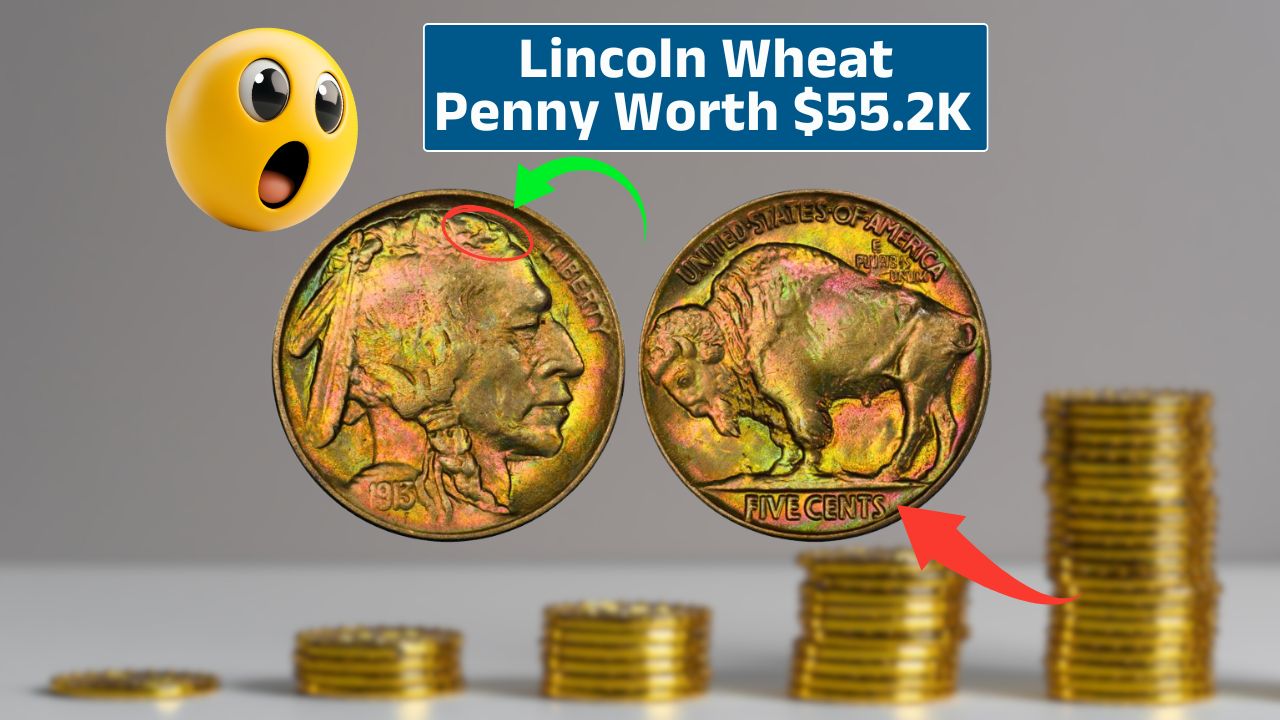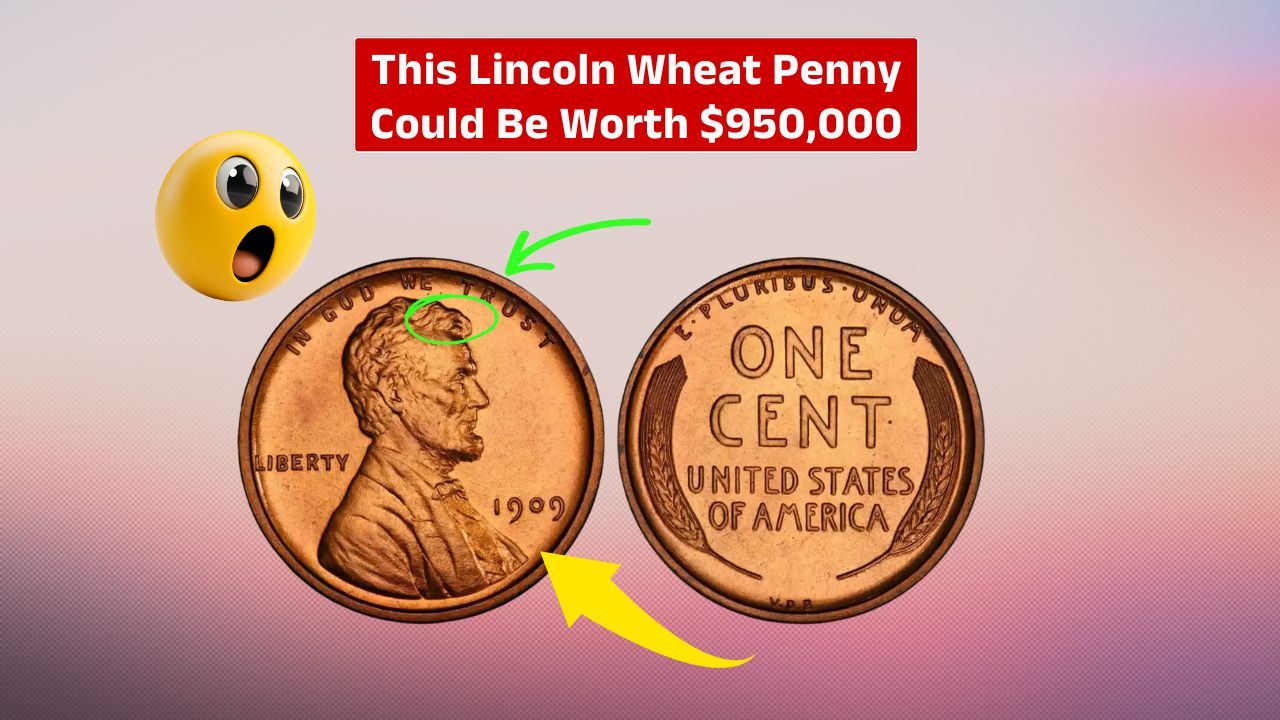The Buffalo Nickel also known as the Indian Head Nickel is more than just a five-cent piece. It’s a blend of American history, frontier spirit, and classic coin artistry. Designed by James Earle Fraser and first struck in 1913, this coin quickly became a collector’s favorite.
One specific version, the 1913 Type 1 Philadelphia-minted coin (PCGS #3937), saw over 32 million minted. Still, one pristine specimen shattered expectations by selling for $55,200. So, what makes this “common” coin so special? Let’s break it down.
Design
James Earle Fraser didn’t just design a coin he crafted a tribute to American heritage. On the front (obverse), there’s a rugged profile of a Native American, created from a blend of real chiefs’ facial features.
On the back (reverse), you’ll see a bison, often called a buffalo, standing tall on a raised mound. That raised mound design marks it as a “Type 1” coin used only in early 1913 before it was redesigned due to wear problems.
Here’s a quick breakdown of its physical details:
| Feature | Specification |
|---|---|
| Composition | 75% Copper, 25% Nickel |
| Weight | 5.00 grams |
| Diameter | 21.20 mm |
| Edge | Plain |
| Mint | Philadelphia (No mintmark) |
| Year | 1913 |
| Type | Type 1 (Raised mound) |
| PCGS Number | #3937 |
| Total Mintage | 32,057,000 |
History
The Buffalo Nickel series ran from 1913 to 1938, replacing the Liberty Head Nickel. The PCGS #3937 coin is part of the first year of this series, making it historically important. Despite a massive production run of over 32 million coins at the Philadelphia Mint, most were heavily used. Clean, unworn examples are now few and far between.
Rarity
You wouldn’t think a coin with 32 million copies could be rare, right? But here’s the catch: most of them were used daily. That constant handling means most existing specimens are worn down. Coins that have stayed in top condition especially those graded by PCGS are much rarer than the total mintage suggests.
Collectors hunt for sharp details, clean surfaces, and original mint luster. If a coin checks all these boxes, it becomes incredibly desirable.
Value
Here’s where it gets exciting. One stunning example of PCGS #3937 in mint state condition sold for a whopping $55,200 at auction. That’s the power of grade and eye appeal. Even though it’s technically a common date, the condition turned it into a high-value treasure.
Dealers
Looking to buy or sell a Buffalo Nickel? You’ll find dealers across the country who specialize in rare coins. Some even list state-wise coin dealers to help collectors find trustworthy sources.
| State | Coin Dealers Available |
|---|---|
| Arkansas | Penny & Rare Coins Dealer |
| Alaska | Alaska Coins Dealers List |
| Arizona | Arizona Coins Dealers List |
The 1913 Buffalo Nickel (PCGS #3937) is a perfect mix of art, history, and collector value. While millions were minted, few have stood the test of time in pristine condition. Whether you’re starting a coin collection or enhancing an existing one, this piece is a stunning reminder of early 20th-century America and the power of preservation.
FAQs
What is PCGS #3937?
It’s the 1913 Type 1 Buffalo Nickel minted in Philadelphia.
Why is there no mintmark on this coin?
Because it was made at the Philadelphia Mint, which didn’t use mintmarks then.
What makes a Buffalo Nickel valuable?
Condition, rarity, and historical importance determine its value.
Who designed the Buffalo Nickel?
James Earle Fraser, a well-known American sculptor.
What is a Type 1 Buffalo Nickel?
It shows the buffalo standing on a raised mound, used only in early 1913.


